Back to Courses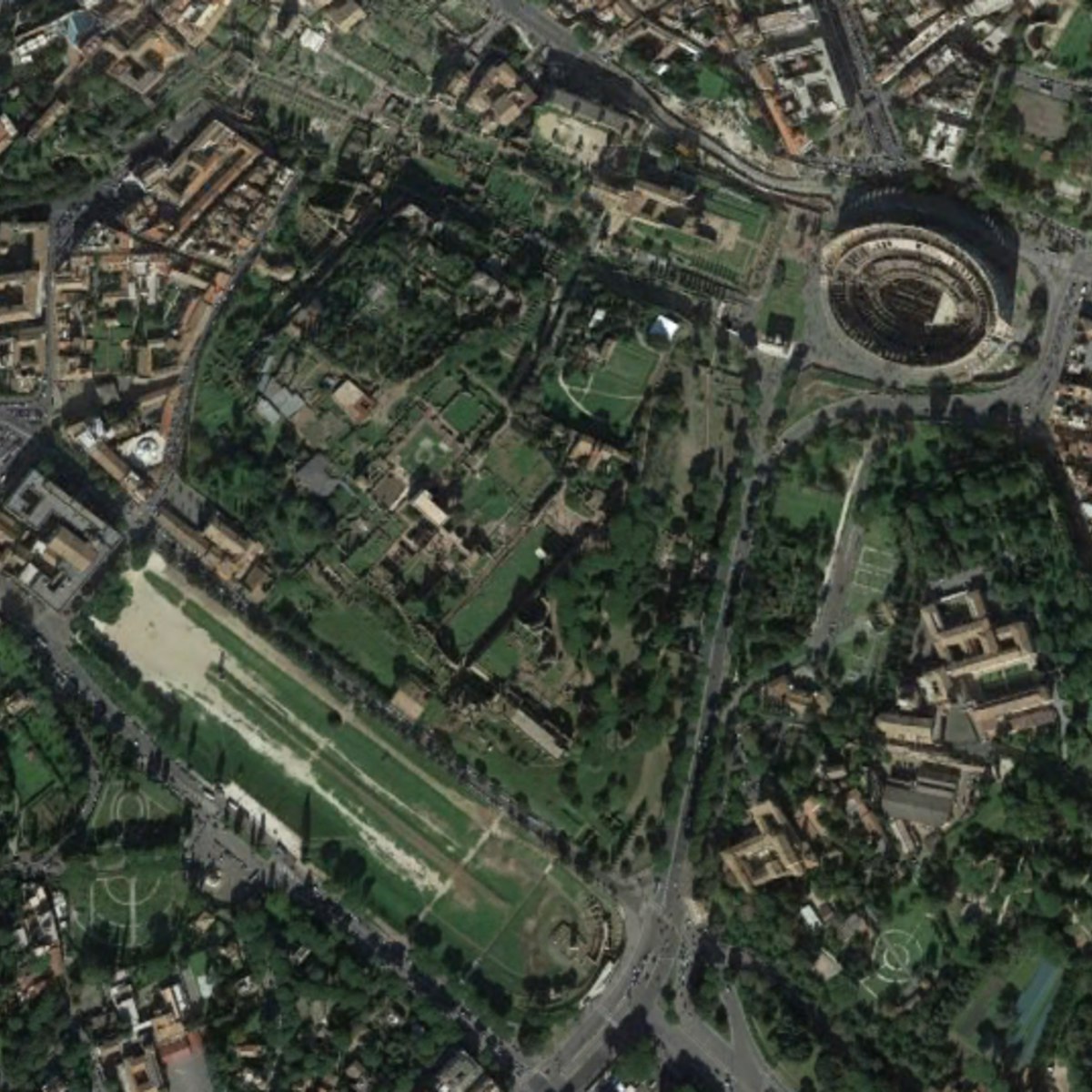

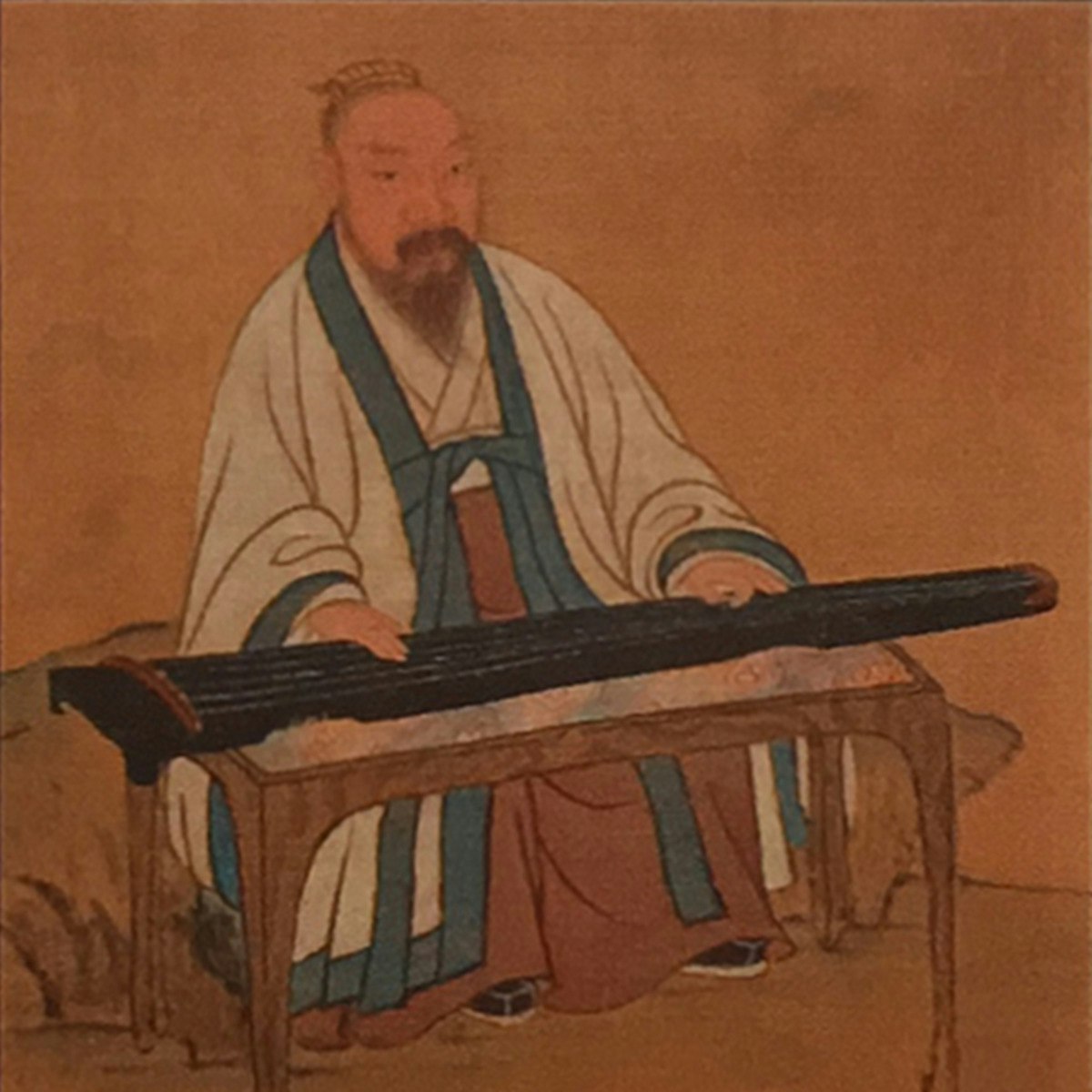

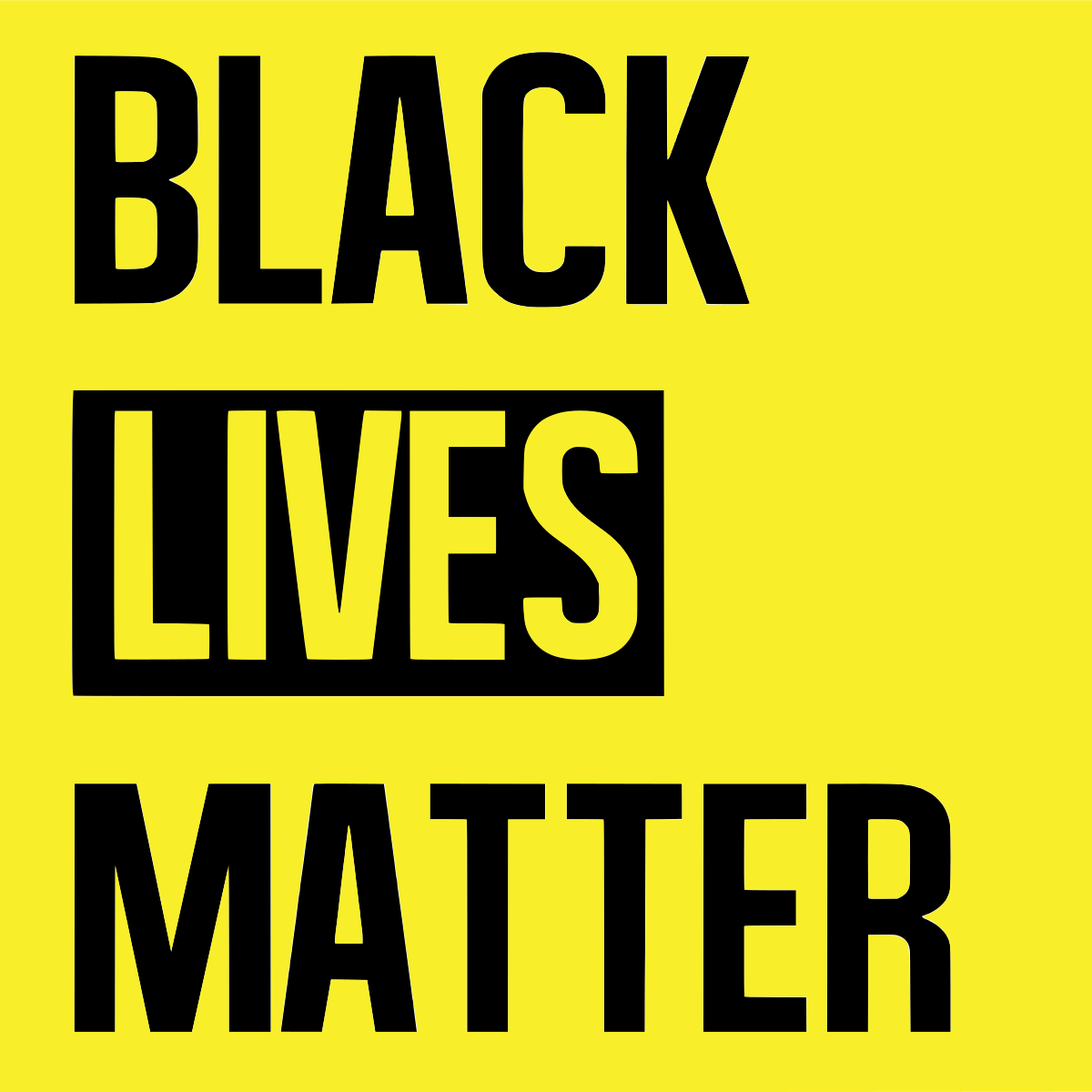
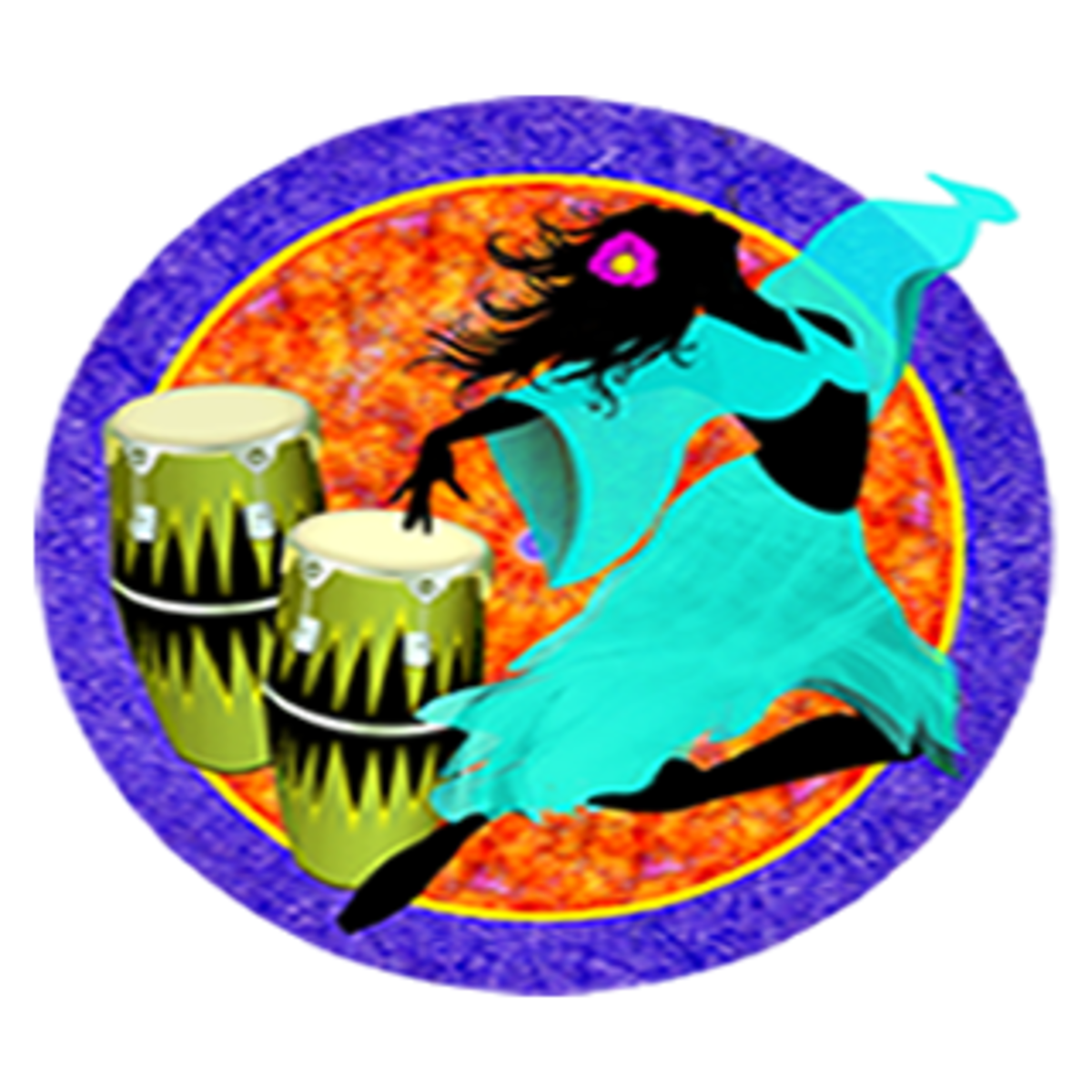


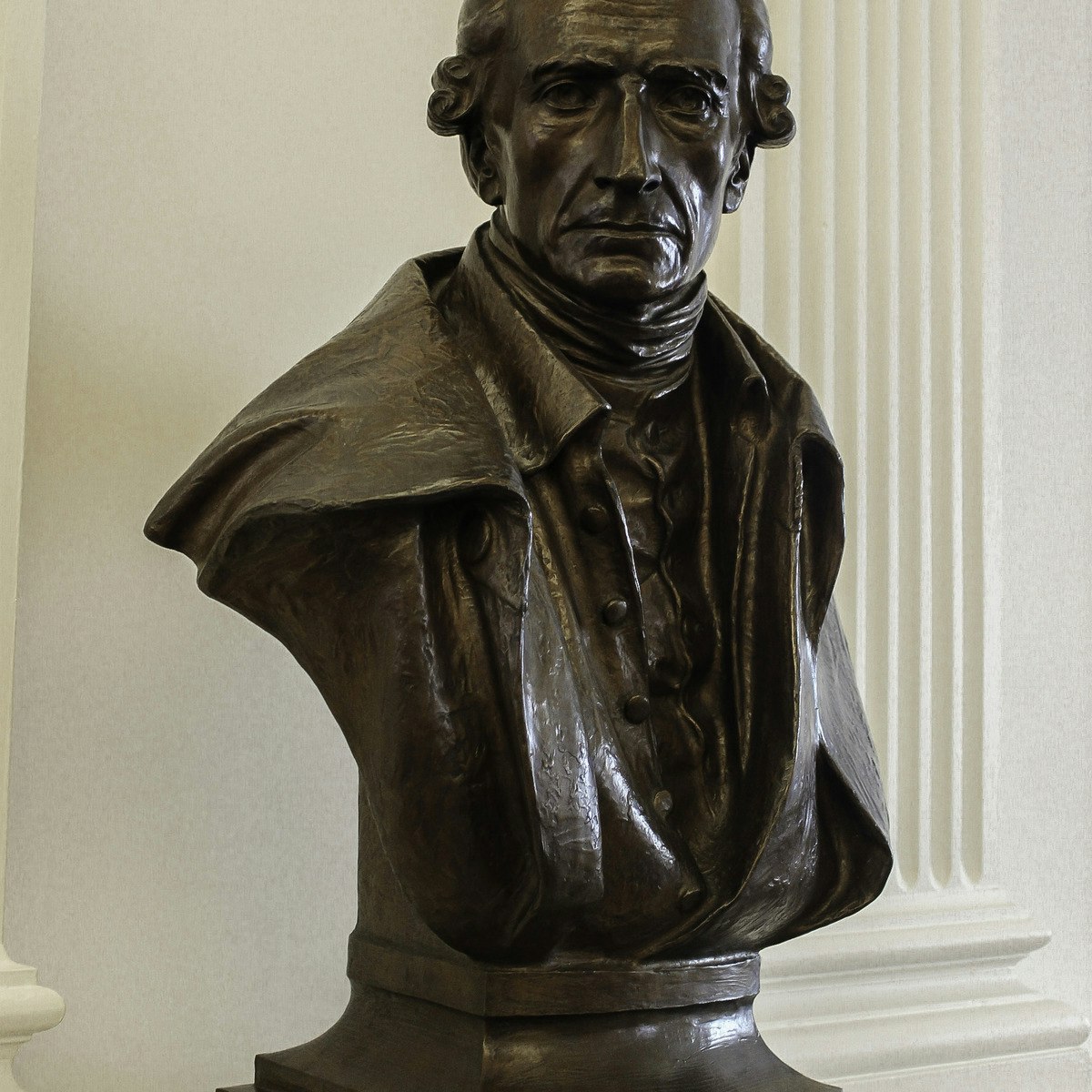

History Courses - Page 10
Showing results 91-100 of 168

The Changing Landscape of Ancient Rome. Archaeology and History of the Palatine Hill
Studying ancient - as well as medieval or modern - cities basically means telling local urban stories based on the reconstruction of changing landscapes through the centuries. Given the fragmentary nature of archaeological evidence, it is necessary to create new images that would give back the physical aspect of the urban landscape and that would bring it to life again. We are not just content with analyzing the many elements still visible of the ancient city. The connections between objects and architectures, visible and non visible buildings, which have been broken through time have to be rejoined, to acknowledge the elements that compose the urban landscape.
Landscape and its content are a very relevant and still vital part of any national cultural heritage. The course will introduce students to the way we have been reflecting on over the last twenty years and still are engaged with the study of the past of our cities, beginning from the most complex case in the ancient Mediterranean World: the core of Italy and of Roman Empire. On the other hand, knowledge means also preservation and defense of material remains and cultural memory.
“The Changing Landscape of Ancient Rome. Archeology and History of the Palatine Hill” presents to a large public the topographical lay-out of the most relevant part of the city (according the Greek and Roman Historians Rome was founded on the Palatine). Research developed on the Palatine since the end of last century by the team of Sapienza Classical Archaeologists opened a new phase in the urban archaeological investigation and in the scientific debate about the relation between archaeological features and literary tradition as well as the “correct use“ of both kind of evidence, key issues of wide archaeological and historical significance.

Exploring Beethoven's Piano Sonatas Part 4
Please join us for Part 4 of Exploring Beethoven's Piano Sonatas course, taught by Curtis faculty member and extraordinary concert artist, Jonathan Biss. This course is new and contains separate sets of lectures and sonatas that we not previously discussed. Specifically, in Part 4, we will cover Beethoven's Piano Sonatas Op. 2, No. 2, Op. 10, No. 3, Op. 28 and Op. 110. As with the other three Beethoven courses, it is not necessary to have taken the previous Exploring Beethoven's Piano Sonatas courses. We think you will be perfectly comfortable to start learning with Part 4, if you wish and go from here. There is always the option to go back to earlier parts at any time. Between these courses, there exists a large amount of additional resources and learning that might be helpful as you embark on Part 4. We certainly encourage you to take Parts 1, 2 and 3, if you have not yet. In the meantime, enjoy the class and Part 4 of Exploring Beethoven’s Piano Sonatas.

Religion and Thought in Modern China: the Song, Jin, and Yuan
This sequence of four courses will propose a multi-disciplinary approach to the study of Chinese cultural history conceived of as a succession of modes of rationality (philosophical, bureaucratic, and economic). The focus will be on the moments of paradigm shift from one mode of rationality to another. For each of these moments, cultural facts and artifacts—thought, literature, ritual—will be examined in relationship to changing social, political, and economic systems.
The first two courses will cover the periods of the Warring States (481-256 BCE) and the Period of Division (220-589 CE), with a brief excursion into the Han (206 BCE-220 CE). The Warring States laid the social and cultural foundations for the emergence of the imperial mode of rationality; the Period of Division saw the Buddhist “conquest” of China and the emergence of a rationality defined by the opposition of the Three Teachings to shamanism, that is, of a clear contrast between elite and popular culture.
The third and fourth courses will focus on the emergence of modern China in the Song-Yuan (960-1368) and of today’s China 1850 to the present. We will see how the modern attack on religion, redefined as "superstition", led not only to religious reform movements but also to a society in which science and the nation became the primary value systems promoted by the state.
The courses are listed below:
A Critical Cultural History of China - Early China I: Intellectual Change in the Warring States and Han (481 BCE-220 CE)
A Critical Cultural History of China - Early China II: Religious Transformation in the Period of Division (220-589 CE)
A Critical Cultural History of China - Modern China I: Religion and Thought in the Song, Jin, and Yuan (960-1368)
A Critical Cultural History of China - Modern China II: Structuring Values (1850-2015)

Understanding 9/11: Why 9/11 Happened & How Terrorism Affects Our World Today
This course will explore the forces that led to the 9/11 attacks and the policies the United States adopted in response. We will examine the phenomenon of modern terrorism, the development of the al Qai'da ideology, and the process by which individuals radicalize towards violence.

Black Lives Matter
The #BlackLivesMatter movement is the most significant political movement in African American life in the United States in the last fifty years. BLM leaders denounced anti-black racism, white supremacy, and police brutality and reshaped how we think about gender, sexuality, social justice, economic injustice, and crime. The movement is grounded in a long history of African American activism. From slave revolts to the Black Panther Party, from the founding of the Congressional Black Caucus, to the eruption of the #BLM Movements, this course is an interdisciplinary and historical exploration of the BlackLivesMatter movement.

Healing with the Arts
Through art projects—including visual arts, dance, writing, and music—along with spiritual practices and guided imagery, Healing With the Arts gives you the tools to heal what you need to heal in your life: physical, mental, emotional, and spiritual.

Reimagining Blackness and Architecture
Architecture structures our daily lives. It shapes our homes, streets, neighborhoods, cities and more. But who gets to create and occupy these spaces? In the United States, a long history of anti-Black racism has created spatial inequalities that are built into the physical environment and erased the stories of Black architects and communities.
Reimagining Blackness and Architecture explores the relationship between architecture and Blackness as an identity and a lived experience. You’ll hear directly from Black artists, architects, scholars, and writers who reimagine their surroundings and highlight the ways Black makers have changed the world. You’ll see how architects are working to transform American cities into more equitable places using everything from textiles, hip hop, and fiction to spices and spaceships. And you’ll hear from an international range of artists, who create spaces for their communities and make visible the stories of Black life in their work.
The course is structured around five themes: Imagination, Care, Knowledge, Refusal, and Liberation. Each week, through original films, audio interviews, and readings, you’ll expand your understanding of architecture as a practice that reaches across time, place, and form. Creative activities and prompts for reflection will encourage you to consider your own role in shaping your communities.
Course image credit:
Dawoud Bey. A Couple at a Main Street Bus Stop, Rochester, NY. 1989. Gelatin silver print, 11 7/16 × 22 1/16" (29.1 × 56 cm). The Museum of Modern Art, New York. Acquired through the generosity of Ruth Nordenbrook. © 2021 Dawoud Bey

History of Rock, Part Two
This course, part 2 of a 2-course sequence, examines the history of rock, primarily as it unfolded in the United States, from the early 1970s to the early 1990s. This course covers the music of Led Zeppelin, the Allman Brothers, Carole King, Bob Marley, the Sex Pistols, Donna Summer, Michael Jackson, Madonna, Prince, Metallica, Run-DMC, and Nirvana, and many more artists, with an emphasis both on cultural context and on the music itself. We will also explore how developments in the music business and in technology helped shape the ways in which styles developed.
Emerging out of the experimental and ambitious years of late-60s psychedelia, rock splintered into a variety of styles in the 1970s as the music business continued to expand. By the end of the decade, punk and disco had challenged the excesses of the hippie aesthetic, as rock became more commercially streamlined and radio friendly. The emergence and rise of MTV transformed pop music and propelled the careers of Michael jackson and Madonna, while heavy metal and hip hop dominated the late 1980s. Nirvana leads alt-rock's return to simplicity in the early 1990s.

Patrick Henry: Forgotten Founder
“Give me liberty, or give me death:” Remembering Patrick Henry, the Forgotten Founder
Patrick Henry was enormously popular during the American Revolution. Even Thomas Jefferson, who over time developed a deep loathing of Henry (some would say jealousy), had to admit that “it is not now easy to say what we should have done without Patrick Henry.” Edmund Randolph, a patriot leader in his own right, explained that “It was Patrick Henry … awakening the genius of his country, and binding a band of patriots together to hurl defiance at the tyranny of so formidable a nation as Great Britain.”
Yet, today, Patrick Henry is ill-remembered; most Americans might recall at best perhaps a snippet from a famous speech: “give me liberty, or give me death.” The reasons for our historic forgetfulness are several: after the Revolution, Henry chose to oppose ratification of the U.S. Constitution, believing that it created a distant and too-powerful government, and he refused proffered position in George Washington’s administration, diminishing his historic memory. Equally important, Henry died in 1799 shortly after a political campaign in which, at Washington’s behest, he opposed Jefferson’s and James Madison’s ill-advised radical states’ rights attack on the U.S. government, and Jefferson spent the next twenty-six years systematically attacking Henry’s legacy.
Patrick Henry, who helped to ignite a revolution, deserves better. This course will explore how he over¬came challenges to reach the pinnacle of Virginia politics and unite Americans behind a challenge to Britain – the eighteenth century’s super-power, why he opposed the U.S. Constitu¬tion, and why he then came out of retirement to defend the people’s Constitution against the attacks of Jefferson and Madison.
Participants should evaluate Henry’s role in proclaiming a revolution and consider whether he had an equally important role in saving it. The course should also develop an improved appreciation for the complex political, economic, and religious forces that shaped the early republic. As a biographical course, it also demonstrates how personalities play an important role in even the most foundational national history.
Image Attribution:
The background image for this webpage is Patrick Henry before the Virginia House of Burgesses by Peter F. Rothermel (1851) with special thanks to the owner, the Patrick Henry Memorial Foundation. The painting of Patrick Henry's 1765 "Caesar had his Brutus" speech (discussed in the second lecture) is entirely romanticized -- neither Henry nor the House of Burgesses looked at all like this -- but it does show that hagiography of Henry, almost god-like veneration, began shortly after this death.

The Worldview of Thomas Berry: The Flourishing of the Earth Community
Thomas Berry (1914-2009) was a historian of world religions and an early voice awakening moral sensibilities to the environmental crisis. He is known for articulating a “new story” of the universe that explores the implications of the evolutionary sciences and cultural traditions for creating a flourishing future.
This course investigates Berry’s life and thought in relation to the Journey of the Universe project. It draws on his books, articles, and recorded lectures to examine such ideas as: the New Story, the Great Work, and the emerging Ecozoic era. The course explores Berry’s insights into cosmology as a context for locating the human in a dynamic unfolding universe and thus participating in the creative work of our times. In particular, we will examine Berry’s reflections on renewal and reform in the areas of ecology, economics, education, spirituality, and the arts.
Course Rationale:
Thomas Berry was an original, creative, and comprehensive thinker, especially regarding the critical nature of our global environmental crisis. His intellectual importance resides in his response to the ecological crisis by bringing together the humanities and science in an evolutionary narrative. In addition, he articulated the need for the moral participation of the world religions in addressing environmental issues. He came to this realization largely through his study of cosmologies embedded within religious traditions. Sensing the significance of these stories as “functional cosmologies” he explored the widespread influence that these stories transmitted through a tradition, for example, in rituals, ethics, and subsistence practices.
Popular Internships and Jobs by Categories
Find Jobs & Internships
Browse
© 2024 BoostGrad | All rights reserved